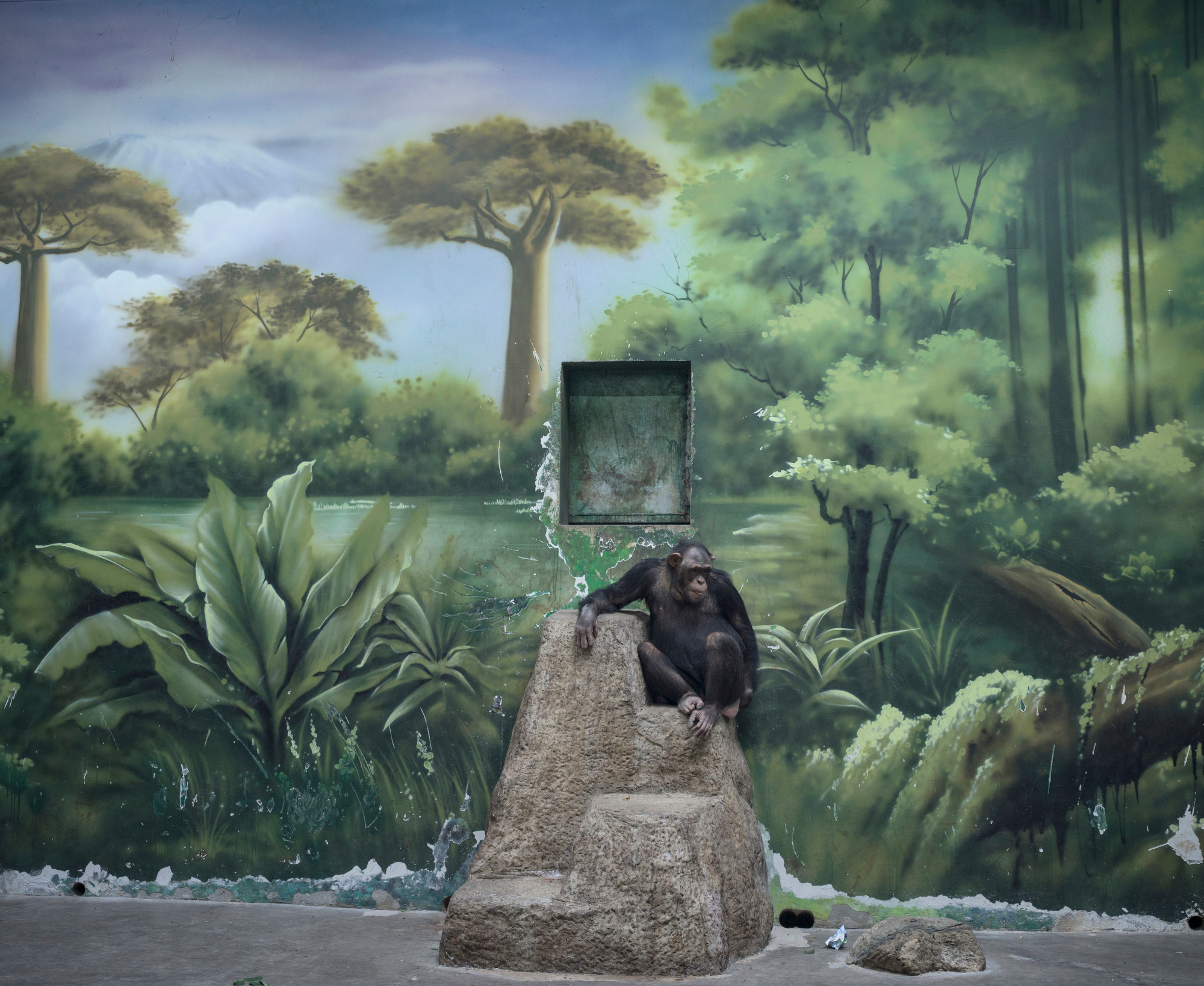Astrophotography in June 2023: what to shoot in the night sky this coming month
Everything you need to know about what’s happening in the night sky this month
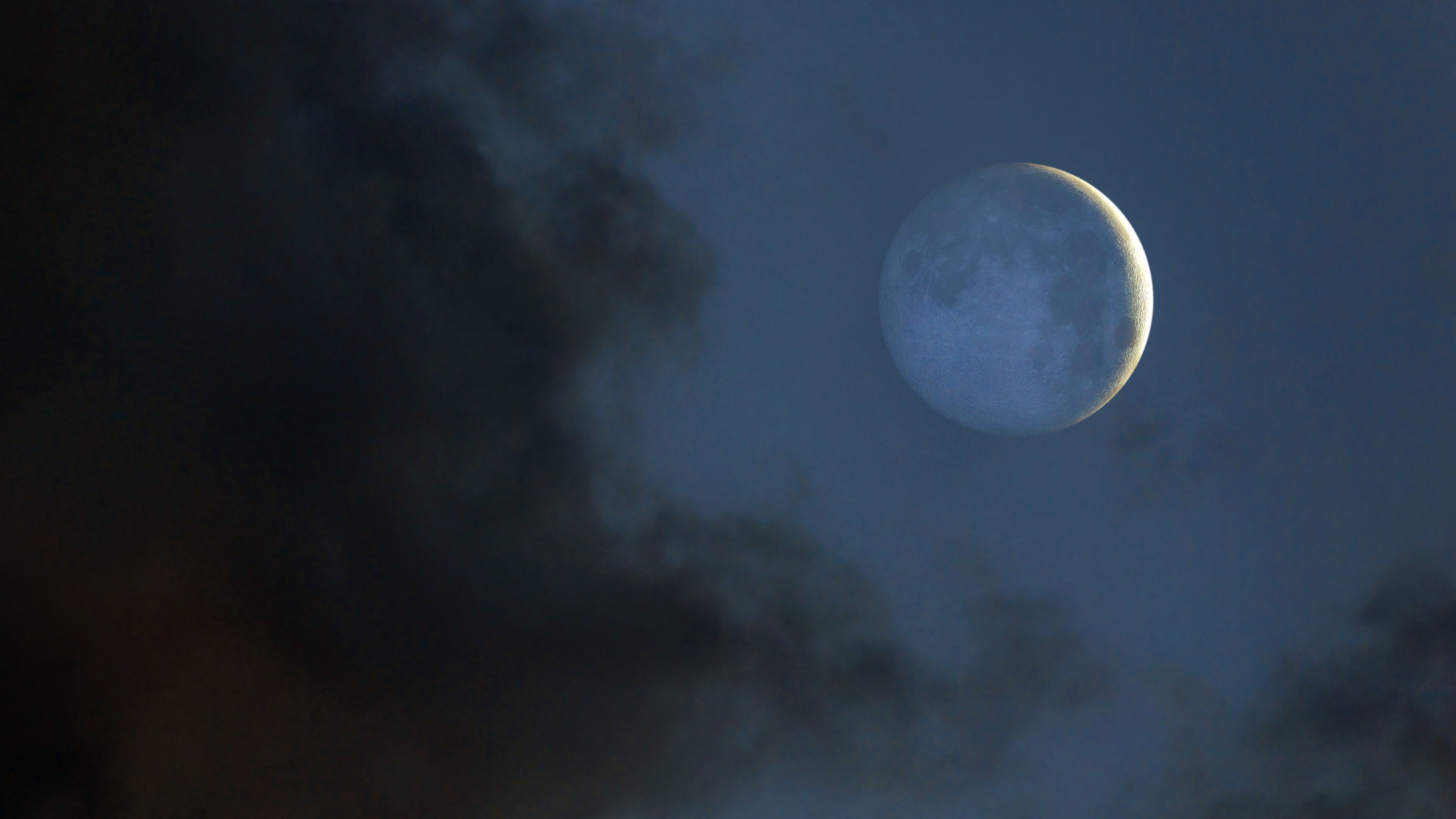
Is June really a good month for astrophotography in the northern hemisphere? With solstice imminent the days are long and darkness is at a premium. You’ll have to stay up late to see the stars of Leo, Cancer and Gemini sinking into the western horizon after dark while sunrise comes just seven or eight hours later as seen from northern latitudes.
Although there are a few notable conjunctions this month – notably both Venus and Mars among the stars of the photogenic Beehive Cluster (M44) – June is perfect for imaging passing satellites (which glint during the long twilight) and space clouds (more on them below).
Add a full ‘Strawberry Moon’ and some great views of the planets and the crescent moon and there’s something for all kinds of astrophotographers to enjoy this month.
Thursday/Friday, June 1-2: Mars in M44
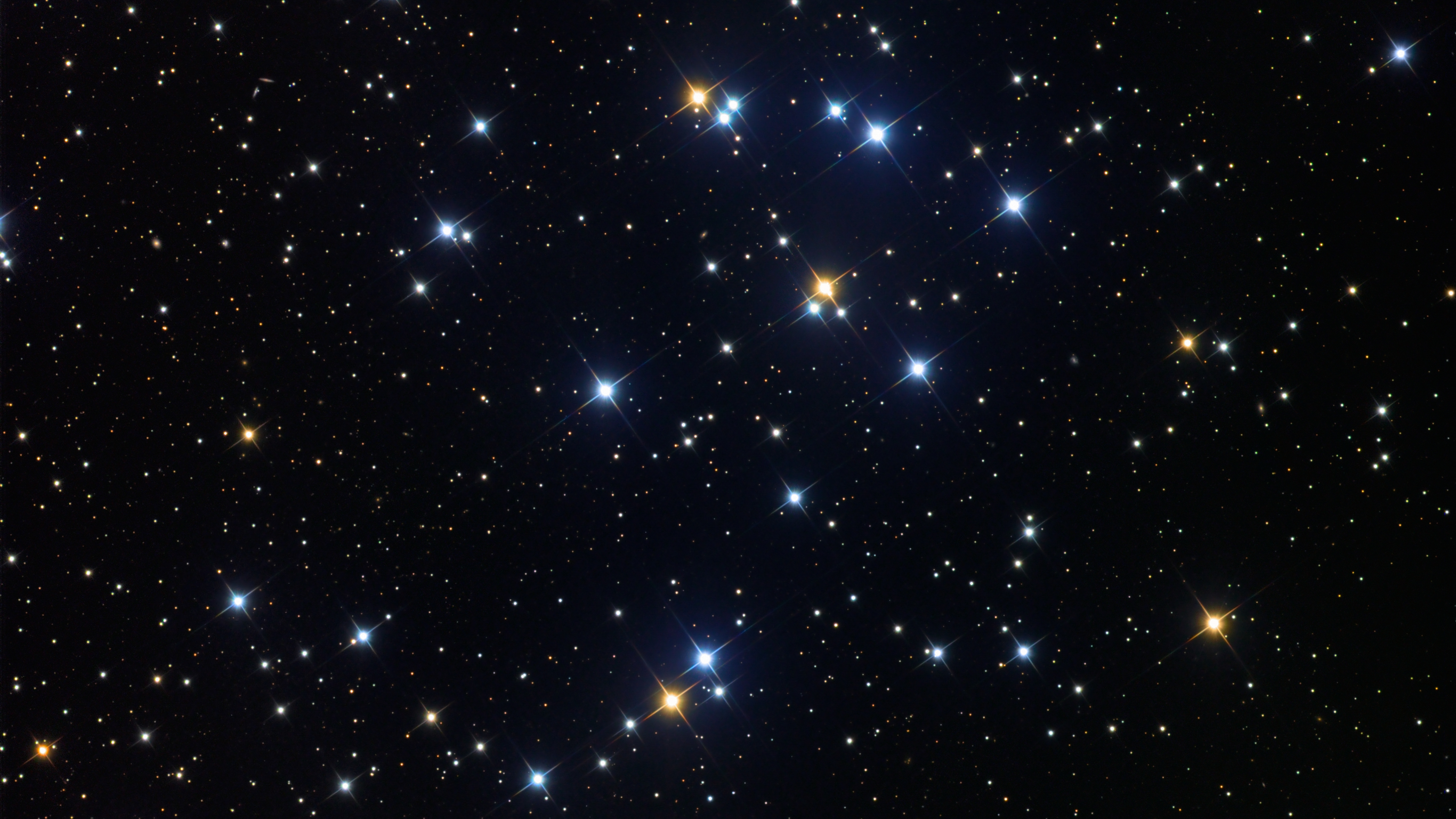
The brilliant blue stars of the Beehive Cluster (M44) are one of the sights of spring in the northern hemisphere, but as summer begins and sinks into the west it’s about to be visited by two planets. First comes Mars, which will slide into this, one of the closest clusters of stars to our solar system, on Thursday, June 1. It will be on the outskirts, so a great night to practice for the following evening when the red planet will appear plum in the center of the cluster. M44 is around 580 light-years distant and can be seen with the naked eye in a very dark sky, but you’ll likely only see it in your images. Using a 400mm lens, try ISO 400, f5.6 aperture and a 1-2 seconds exposure, and experiment from there (the lens will make a huge difference). The main challenge is to avoid trailing stars, so zoom in on your images to check they’re sharp.
Read: The best cameras for astrophotography
Saturday, June 3: A low-hanging ‘Strawberry Moon’ rising
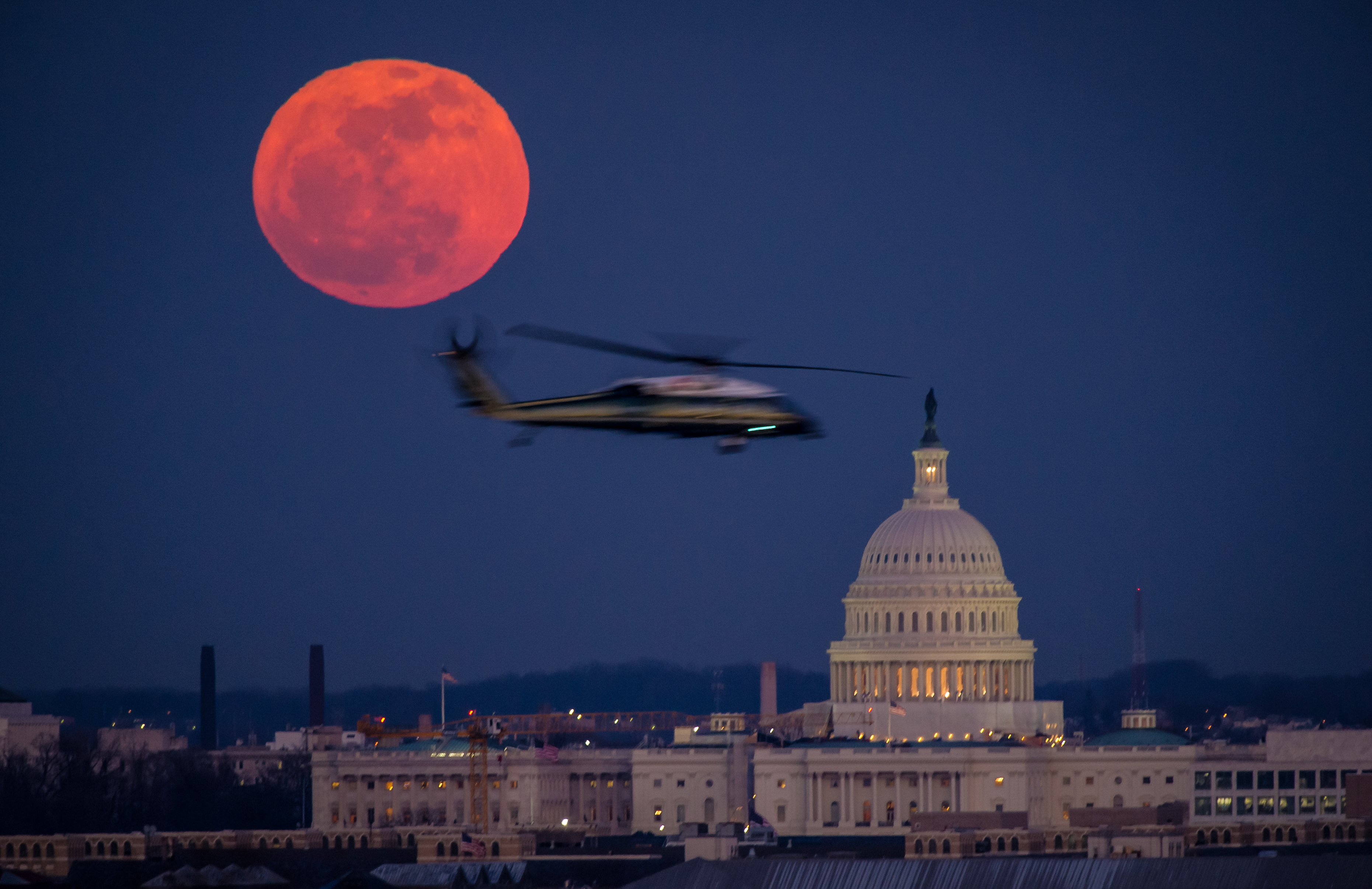
With Mars among the stars still on your SD card get yourself a clear horizon the next night and set up 180º opposite to catch June’s full moon rising in the east. The final full moon of spring, the ‘Strawberry Moon’ is the lowest-hanging full moon of the year simply because the Sun (which it’s directly opposite) is at its highest. You’ll need a 70-300mm lens, a tripod and a remote shutter release for the shot, though just as important is timing. Check and double-check the moonrise time for your location and get into position on time. Bright reddish star Antares will be a few degrees to the right of the full moon.
Read: How to photograph the full moon
Get the Digital Camera World Newsletter
The best camera deals, reviews, product advice, and unmissable photography news, direct to your inbox!
Tuesday, June 13: Venus in M44
With Mars sinking and Venus still rising, there’s a chase going on. Both will sink into the sun’s glare during summer, but for now, Venus is destined to shadow Mars’ trajectory, leading to its own turn this month as an extra star in M44. It won't be as close a pass as Mars managed, with the ultra-bright planet merely scraping the suburbs, but a slightly wider angle will nevertheless give you a great shot.
Saturday, June 10 until Tuesday, June 20: June’s darkest skies
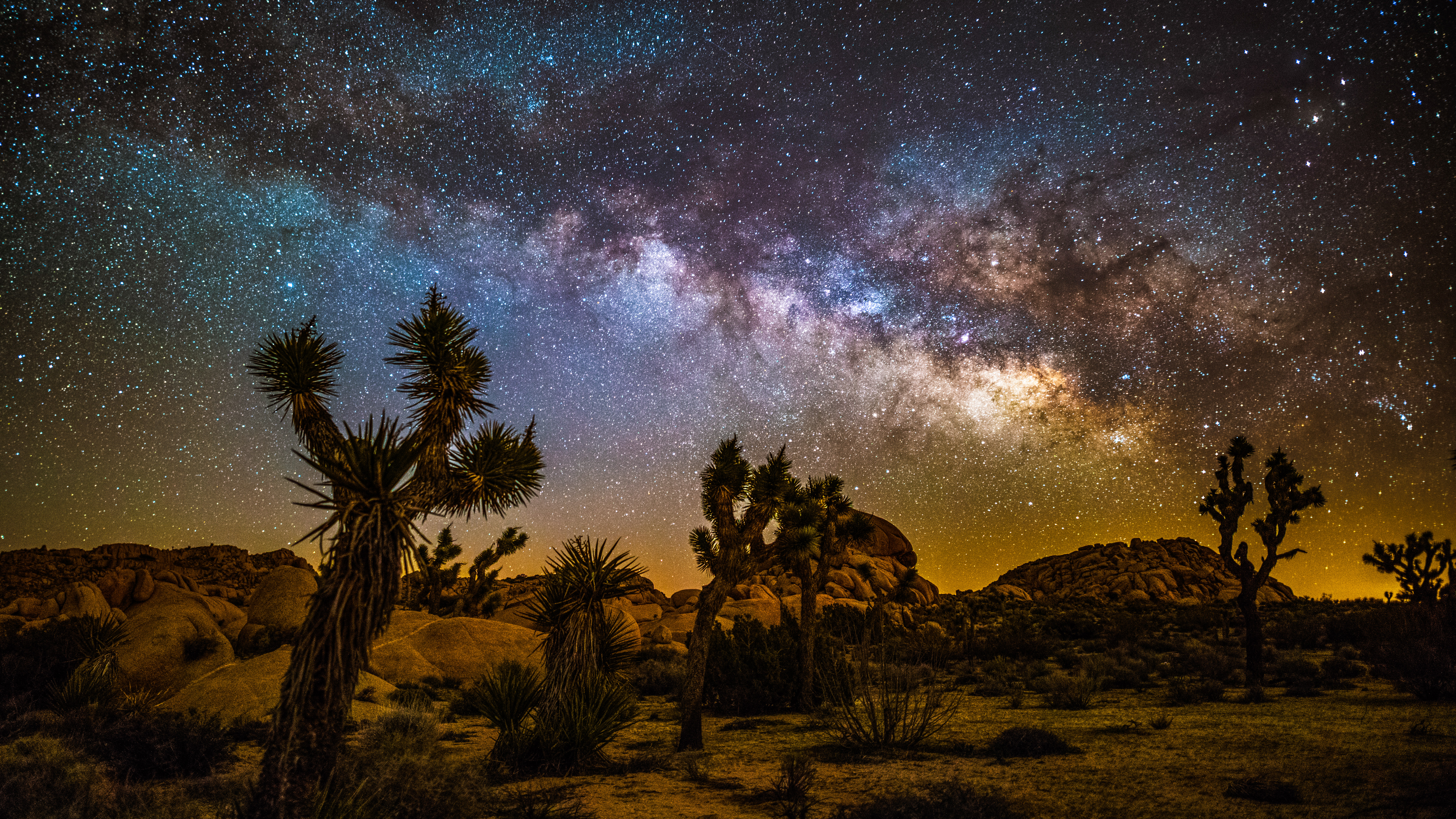
Although this period ends with the summer solstice – the shortest night of the year in the northern hemisphere – the 10 nights around June’s New Moon on Sunday, June 18 will nevertheless be the best night for nighscaping and astrophotography. However, the sun will never get to more than around 6° below the horizon so you’ll have to make do mostly with civil twilight rather than astronomical darkness.
Read: How to try deep-space astrophotography
Monday, June 19: A very young moon
Be outside looking west-northwest just after sunset where you are and you can try for a shot of a delicate 3%-lit crescent moon in the haze of the horizon, surely one of the most rewarding shots of any month for nightscapers. It will be just below the two bright stars of Gemini, Castor and Pollux, but you may need binoculars to find it (as well as a very clear sky down to the horizon).
Read: When to photograph the moon
Tuesday, June 20: The moon and planets align
Tonight a still very slim-looking 7% crescent moon will be visible, tonight slightly higher in the post-sunset sky, between the stars of Gemini below-right and, to its upper-left, bright Venus and dim Mars. A wide-angle lens will capture the scene as well as ‘Earthshine’ on the moon’s darkened limb – light reflected from an almost ‘full’ Earth back onto the otherwise un-lit lunar surface.
Wednesday, June 21: Summer solstice
The solstice itself – the sun reaches its highest point in the sky and appears to hang over the Tropic of Cancer – is a pivotal event in Earth’s annual journey around the sun, but it’s a difficult shot to capture in imagery aside from sunrise itself. However, when the solstice sun has set, look west to capture perhaps the best planetary conjunction of the month – a 13%-lit crescent moon alongside a very bright Venus. Mars will be close by.
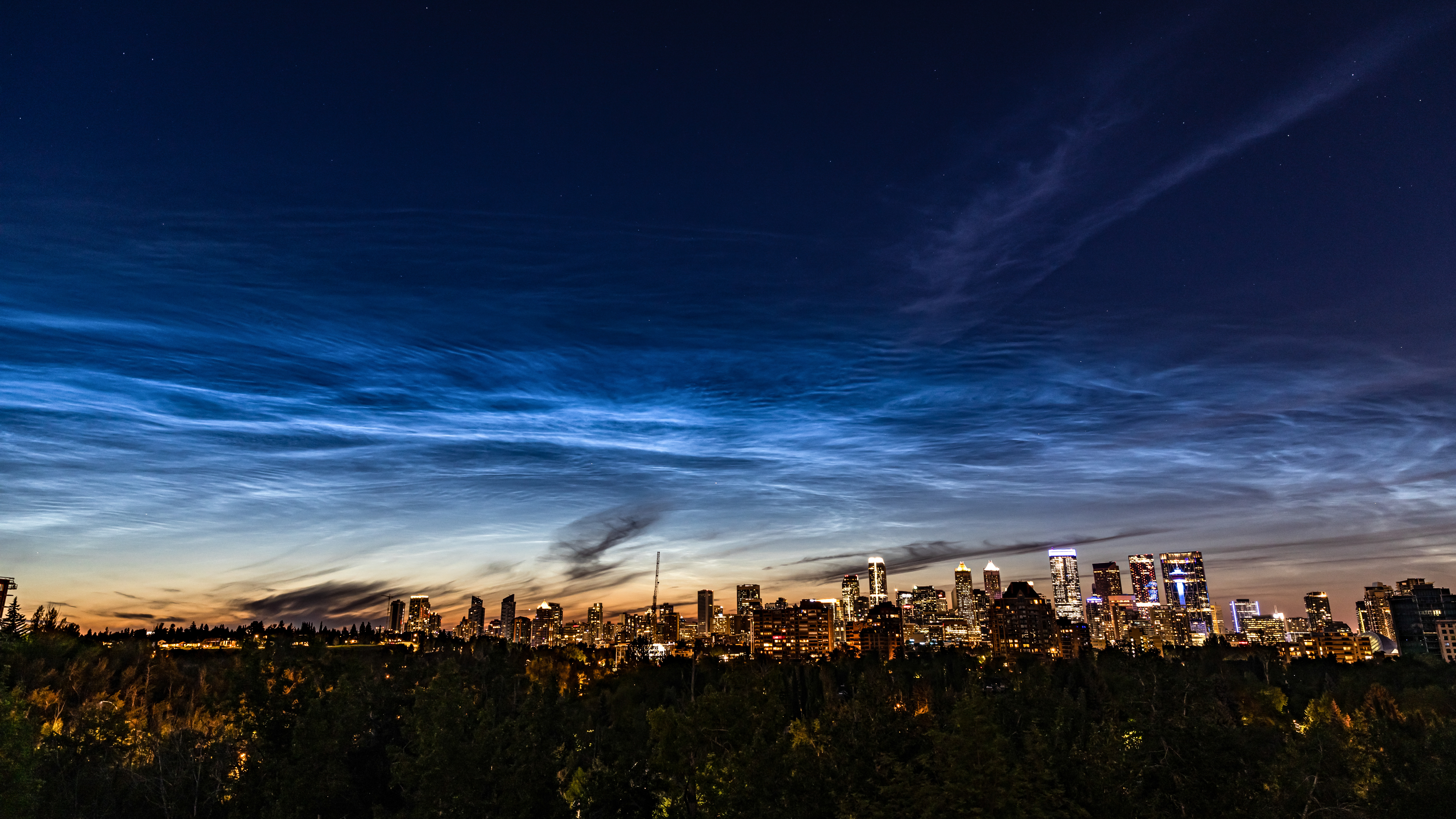
Shot of the month: Noctilucent clouds
There’s no guarantee when they’ll make an appearance, but June is a great month to photograph noctilucent clouds (NLCs). With twilight coming late and lasting for hours at northerly latitudes, the silvery ‘space clouds’ – literally clouds of icy dust about 50 miles/80 kilometers above – are lit up for a few hours by the sun after sunset as it sits just a few degrees below the horizon. Most easily seen in the northwestern sky from northerly latitudes, to photograph them try a 100mm lens and settings of ISO 400-1600, 3-10 seconds shutter speed with the aperture as wide as possible, and experiment from there (the exact time of night and level of darkness will make a huge difference). NLCs should be visible intermittently throughout June and July.
Read more:
Astrophotography: How-to guides, tips and videos
Astrophotography tools: the best camera, lenses and gear
The best lenses for astrophotography
The best star tracker camera mounts
The best light pollution filters

Jamie has been writing about photography, astronomy, astro-tourism and astrophotography for over 15 years, producing content for Forbes, Space.com, Live Science, Techradar, T3, BBC Wildlife, Science Focus, Sky & Telescope, BBC Sky At Night, South China Morning Post, The Guardian, The Telegraph and Travel+Leisure.
As the editor for When Is The Next Eclipse, he has a wealth of experience, expertise and enthusiasm for astrophotography, from capturing the moon and meteor showers to solar and lunar eclipses.
He also brings a great deal of knowledge on action cameras, 360 cameras, AI cameras, camera backpacks, telescopes, gimbals, tripods and all manner of photography equipment.
